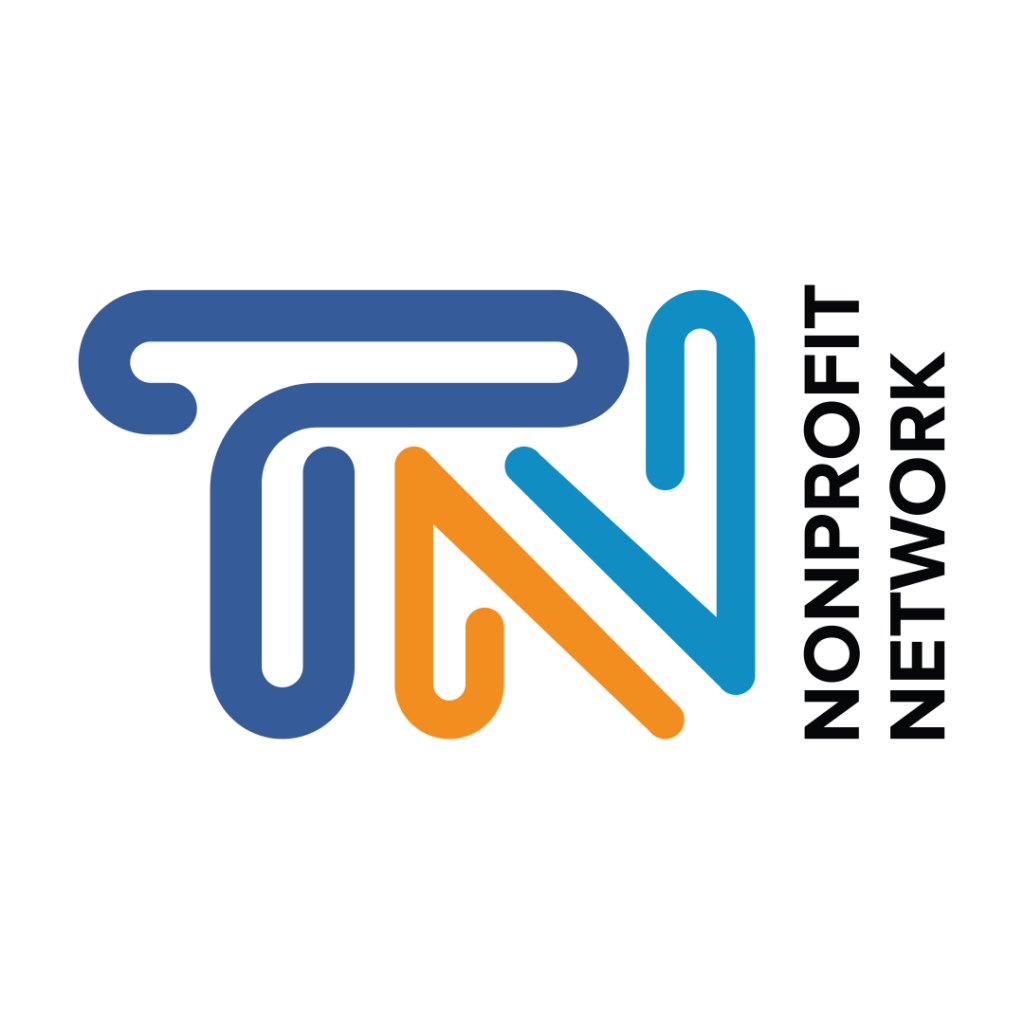by Natalie Jones, Director of Advocacy and Research
A little-known fact about me is that I am a diehard Harry Potter fan and a very proud Puff (aka Hufflepuff). In fact, I read through the entire series once a year and this year to mix it up I’m planning to walk the distance from Platform 9 and ¾ to Hogwarts (~580 miles) while listening to the dulcet tones of Jim Dale.
For Hogwarts’ four houses, Harry Potter fans know that Gryffindors are brave, Hufflepuffs are loyal, Ravenclaws are wise, and Slytherins are …well, ambitious (sometimes ruthlessly so). But how would these house traits translate into nonprofits?

In the time-honored tradition of the Sorting Hat, let’s sort these houses into a how effective their members would be at running an effective nonprofit.
3. Gryffindor: The Bold Changemakers
Gryffindors are the daring heroes of the wizarding world, and their bravery and determination would certainly be assets in the nonprofit sector. They’d be the first to tackle social injustices, fight for the underdog, and blaze new trails. But Gryffindors’ impulsiveness could lead to poorly planned initiatives or unnecessary risks. They might struggle with long-term strategy and collaboration, crucial aspects of running a successful nonprofit.
2. Hufflepuff: The Heart of the Cause
Hufflepuffs are the heart and soul of Hogwarts. Loyal, hardworking, and dedicated, they’d be the backbone of any nonprofit. They’d tirelessly serve their community and clients, fostering a strong sense of belonging and ensuring every member feels valued. However, Hufflepuffs might shy away from taking on leadership roles or challenging the status quo, potentially hindering innovation or growth within the organization.
1. Ravenclaw: The Innovation Engine
Ravenclaws, known for their sharp minds and thirst for knowledge, would be the strategic masterminds of the nonprofit world. They’d constantly research best practices, develop creative solutions, and adapt to changing circumstances. They’d excel at grant writing, data analysis, and crafting impactful messaging. However, Ravenclaws’ focus on theory and logic could lead to a disconnect with the human element of nonprofit work. They might prioritize efficiency over empathy, missing the emotional connection crucial for building trust and long-term impact.
The Slytherin Surprise?
Slytherins, often stereotyped as self-serving, could surprisingly be valuable assets. Their ambition, resourcefulness, and strategic thinking could help nonprofits secure funding, build strong partnerships, and navigate the competitive grant landscape. However, their focus on power and influence could lead to ethical compromises or manipulation. The key would be channeling Slytherin ambition for the greater good.
The Ideal Non-Profit: A House Blend
Ultimately, the most successful nonprofit wouldn’t be restricted to members from a single house. An ideal organization would have a Gryffindor’s courage to tackle challenges, a Hufflepuff’s dedication to serve, a Ravenclaw’s innovative mind, and a dash of Slytherin’s strategic cunning – all working together towards a common goal.
So, the next time you’re working together with your team to find the Golden Snitch or gathered around the common room at your next staff meeting, consider which Hogwarts houses may be represented and how that makes you a stronger team. After all, Dumbledore said that “we are only as strong as we are united, as weak as we are divided.”
